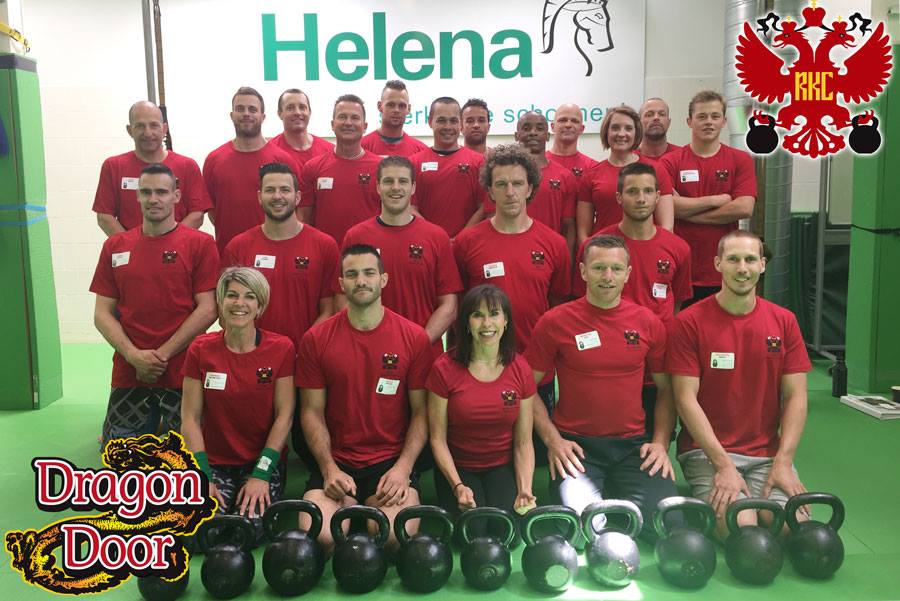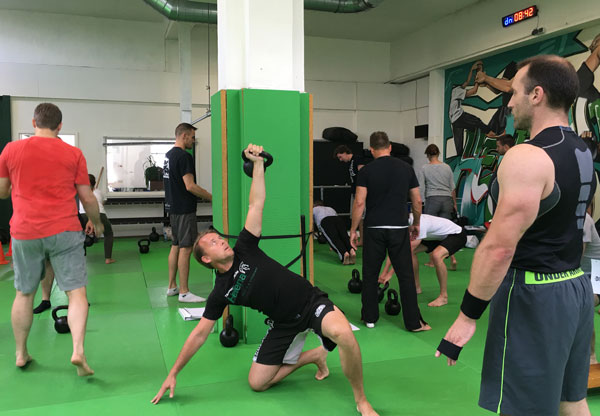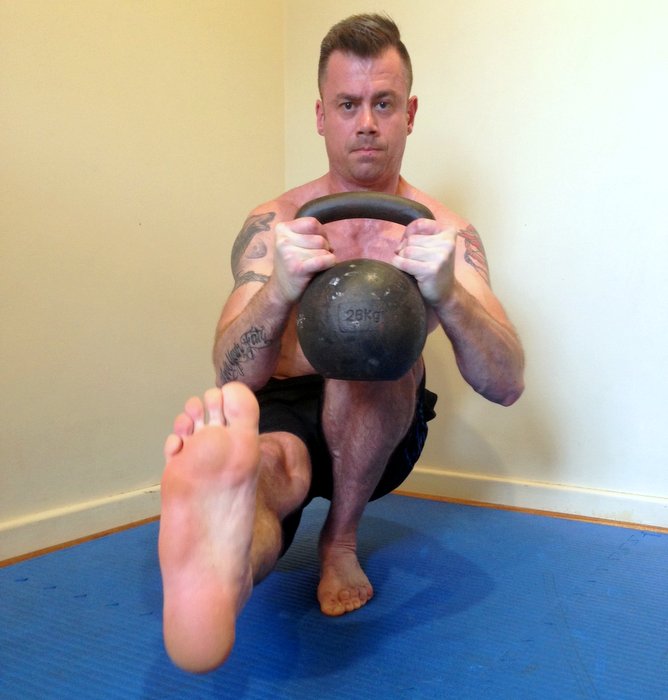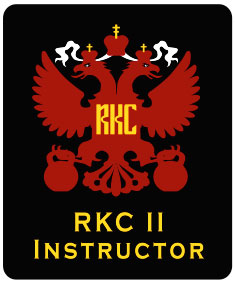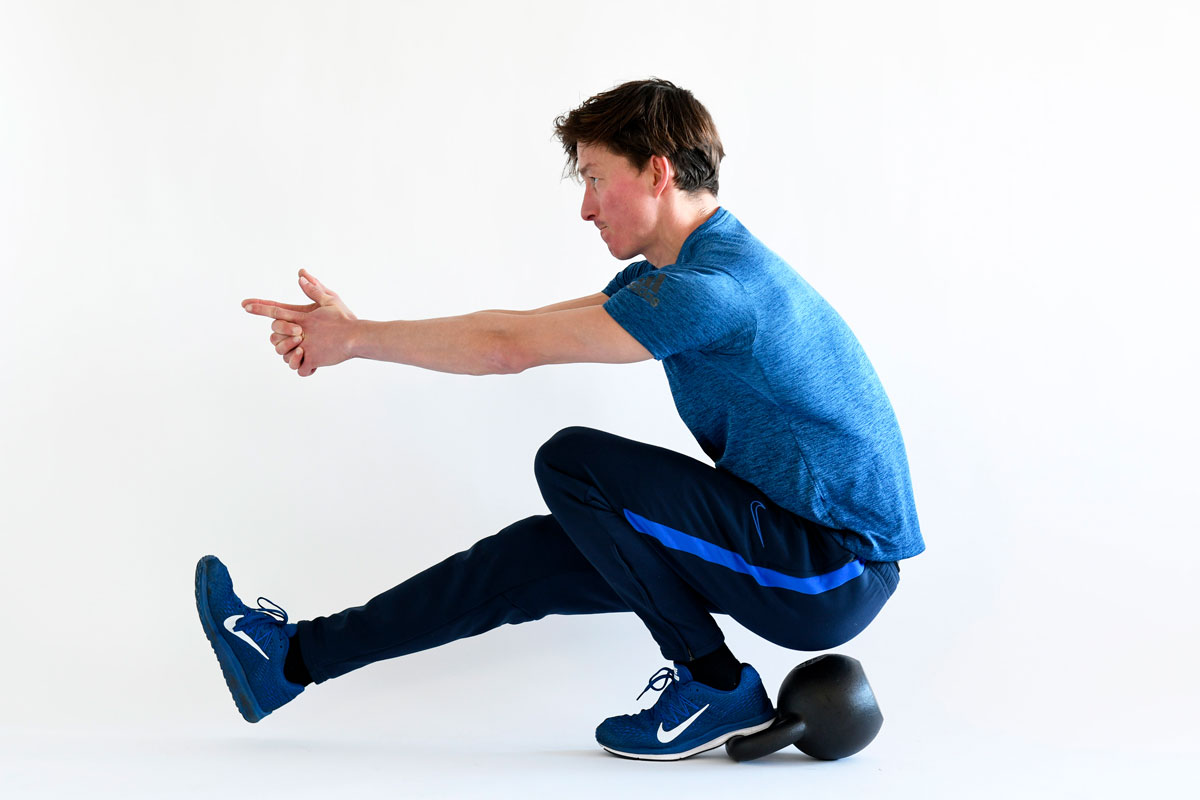
Before I founded BuitenFit Haarlem, I worked hard to earn several Dragon Door certifications. I chose to train for and attend the RKC, RKC-II and PCC workshops because I wanted to invest in sharpening my own skills for a fit, strong and vital body. I found these experiences to be super educational. The RKC, RKC-II and PCC manuals for the RKC and PCC are very extensive with a lot of exercises, explanations, coaching cues, and troubleshooting.
The Dragon Door In-Person Certification Experience
During the RKC, I learned how to perform exercises with perfect precision. The RKC and RKC-II certifications in particular had tough physical tests that you had to pass in order to earn your certificate. I had to train for a long time, to not only pass, but to be able to participate at all. But I learned a lot while training towards these goals. At the RKC, I passed some of the physical tests right at the workshop, for others I needed a second chance. But in the end, my key to success was to keep going! Occasionally in my training I would have a small setback and need to rest or take a break. But, I quickly started training again as soon as I could.

In short, I learned a lot of lessons on my way to the end goals. And, I learned the most from the feedback I received at the workshops. Working hard—week in and week out—and picking yourself up after a setback produces results. If you understand this, then you can use this idea not only with fitness and sports, but also for any other goals in life. It gave me self-confidence. After the workshops and learning numerous exercises from the RKC and PCC, I wanted to share these experiences and knowledge with more people.
Starting From Zero
A year ago, I started BuitenFit Haarlem with only six clients. Now, I offer ten group training sessions per week in Haarlem. More than fifty people exercise at BuitenFit Haarlem every week.
The knowledge and exercises I gained from the Dragon Door RKC and PCC workshops are very important at BuitenFit Haarlem. During our bodyweight bootcamp training and kettlebell training, participants experience the physical benefits of the exercises I learned at the RKC and PCC.
I am very grateful to Dragon Door for what I learned at their workshops, and I’d advise every personal trainer or coach to attend one or more Dragon Door workshops
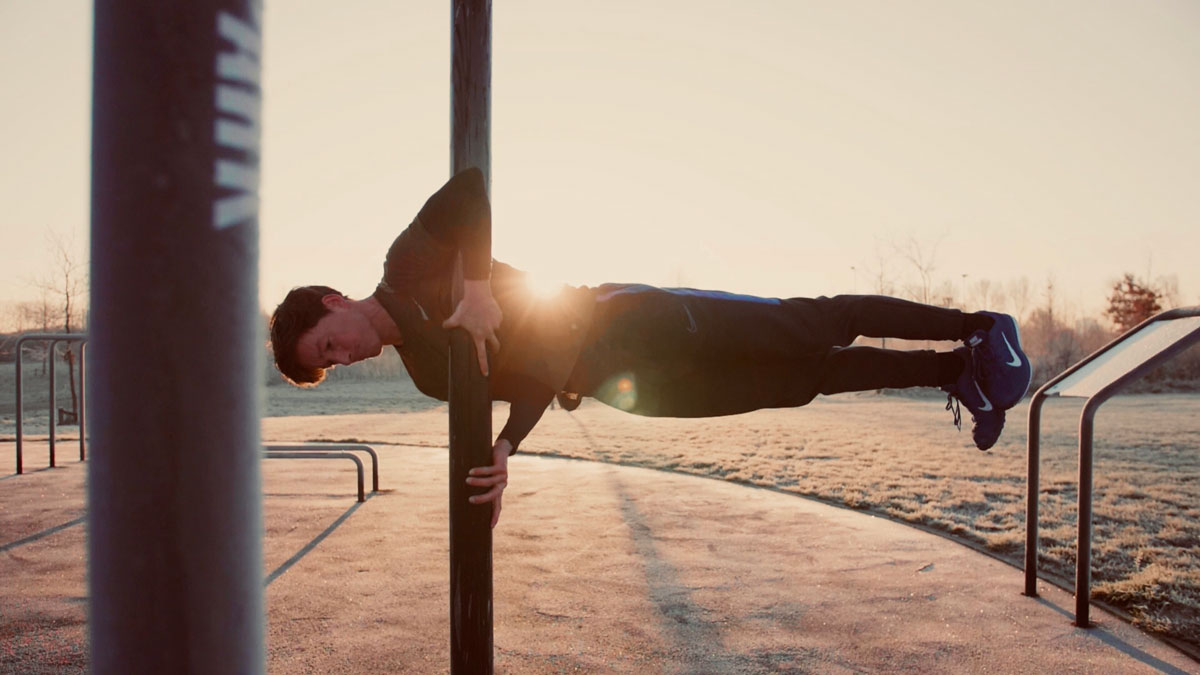
One Year of BuitenFit Haarlem
In just one year’s time, I was voted personal trainer of the year in Haarlem. I also recently won the promotion prize for self-employed hero of the Netherlands during the coronavirus epidemic.
***
Learn more about Duncan Berends, RKC-II, PCC on BuitenFit Haarlem’s website at https://buitenfithaarlem.nl/
